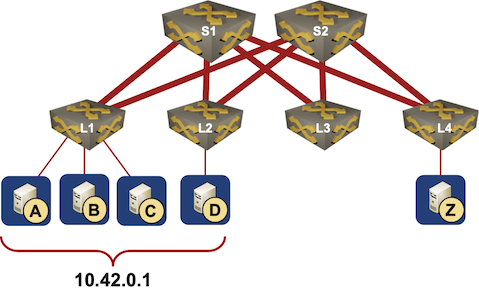Learn from industry experts at the Kubernetes Security and Observability Summit—next week!
The Kubernetes Security and Observability Summit is only 1 week away! The industry’s first and only conference solely focused on Kubernetes security and observability will be taking place online June 3, 2021.
During the Summit, DevOps, SREs, platform architects, and security teams will enjoy the chance to network with industry experts and explore trends, strategies, and technologies for securing, observing and troubleshooting cloud-native applications.
What does security and observability mean in a cloud-native context? What challenges should Kubernetes practitioners anticipate and what opportunities should they investigate? Join us to explore these types of questions and gain valuable insight you’ll be able to take back to your teams.
Speakers & sessions
Tigera’s President & CEO, Ratan Tipirneni, will kick off the Summit with an opening keynote address. Two additional keynotes from Graeme Hay of Morgan Stanley and Keith Neilson of Discover Financial Services will follow. Attendees will then have the opportunity to attend breakout sessions organized into three tracks:
- Stories from the real world
- Best practices
- Under the hood
During these sessions, experts from industry-leading companies like Amazon, Box, Citi, EY, Mirantis, Morgan Stanley, PayPal, Salesforce, and of course, Tigera, will share real-world stories, best practices, and technical concepts related to Continue reading
 Off prem cloud has hype
Off prem cloud has hype






